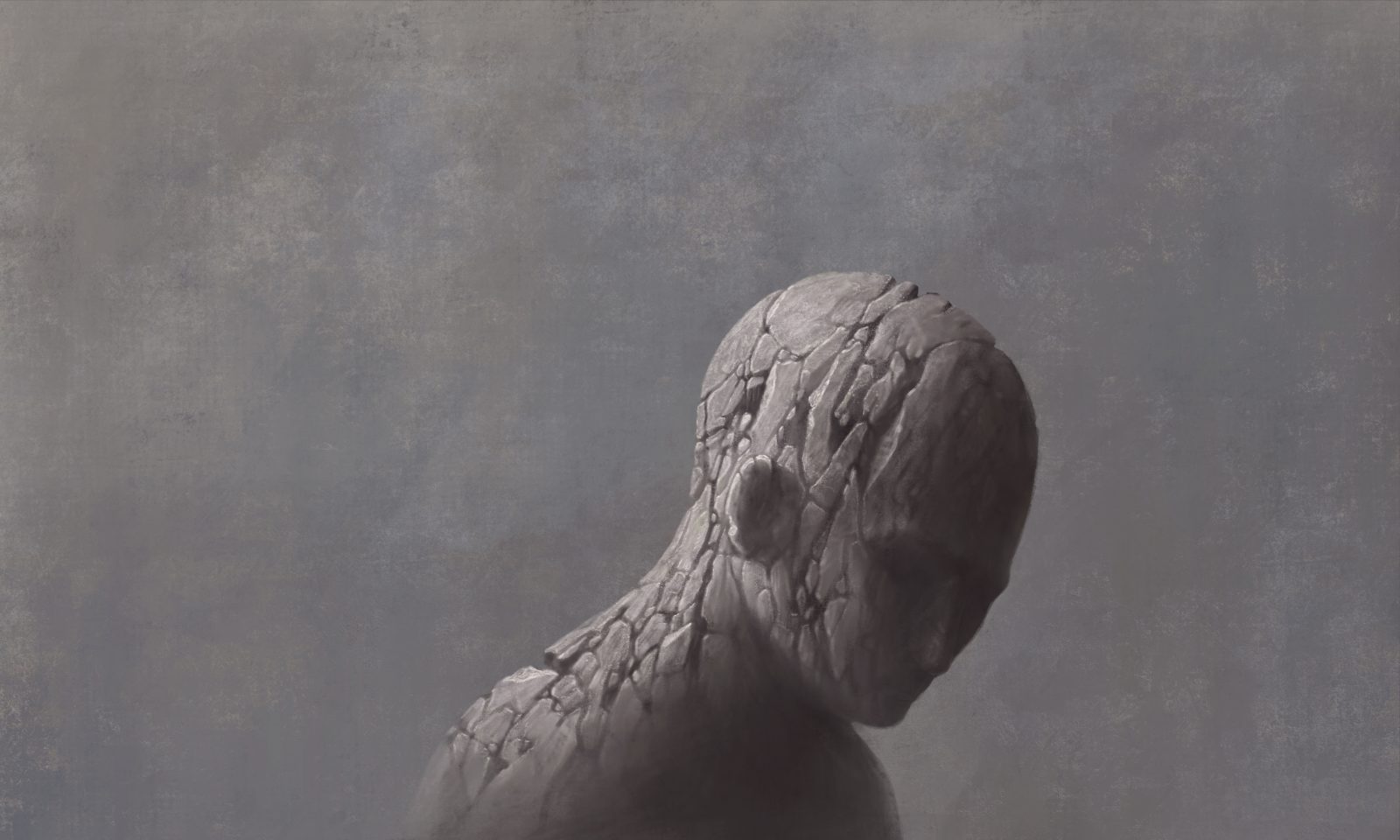
New Book on How Darwinism Fueled Nazi Racism, White Nationalism
Today’s ID the Future features the newly released Darwinian Racism: How Darwinism Influenced Hitler, Nazism, and White Nationalism by distinguished historian Richard Weikart. Here Andrew McDiarmid reads from the introduction and chapter one. Weikart begins his book by revisiting the harrowing Columbine High School mass shooting and underscoring the curious fact that one of the mass shooters, a white nationalist, claimed inspiration from not just Adolf Hitler but also Charles Darwin. Since Darwin was a peaceable Victorian English gentleman and naturalist, what possible connection could there be between Darwin on the one hand and Hitler and contemporary white nationalism on the other? Weikart shows that the connection is in fact quite clear from the writings of Hitler, Darwin himself, and Read More ›







